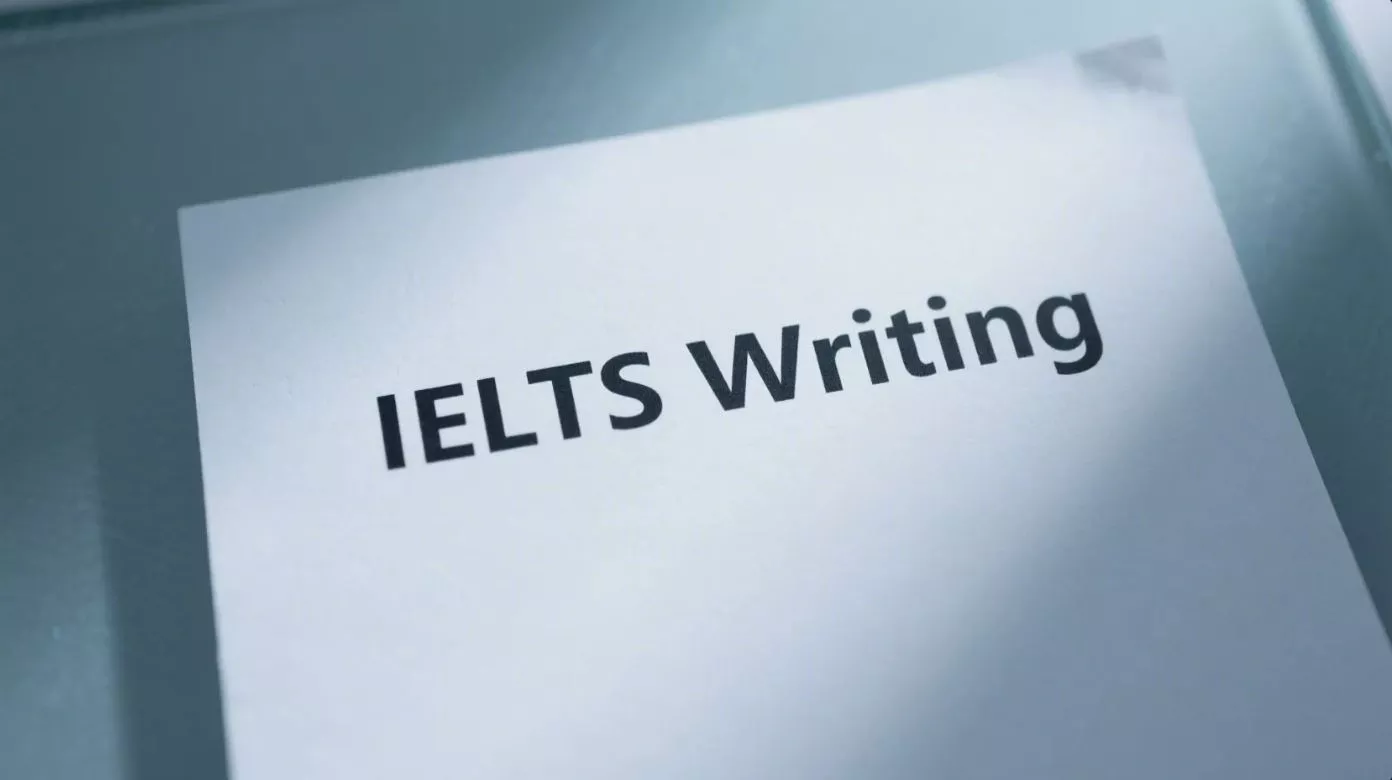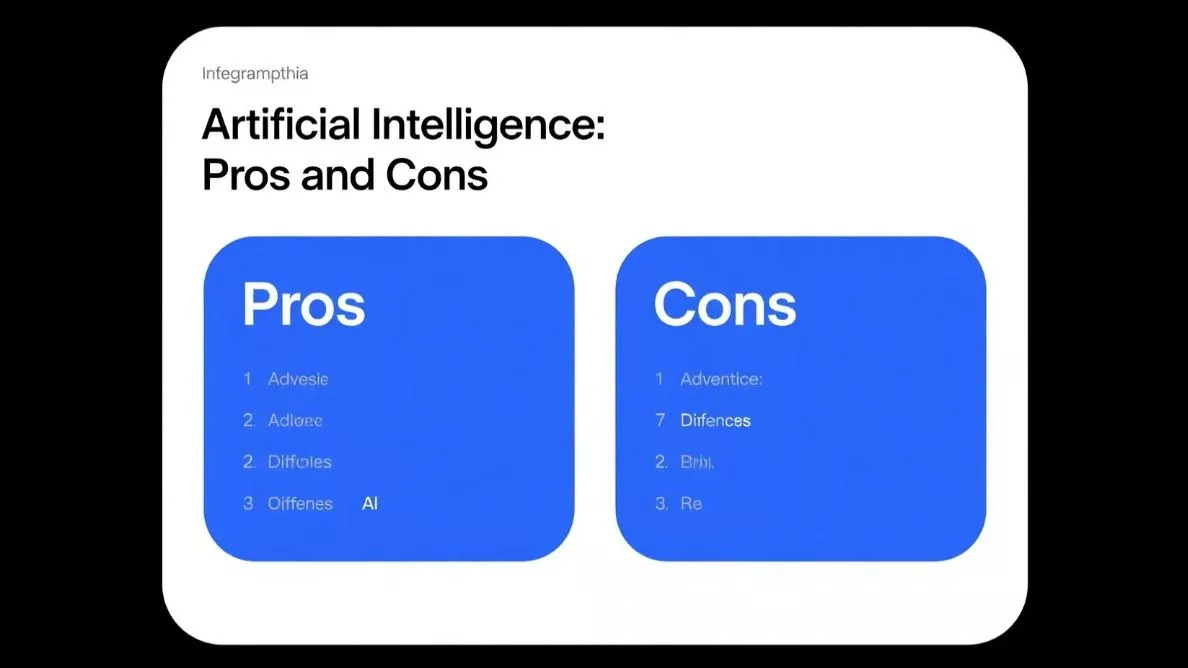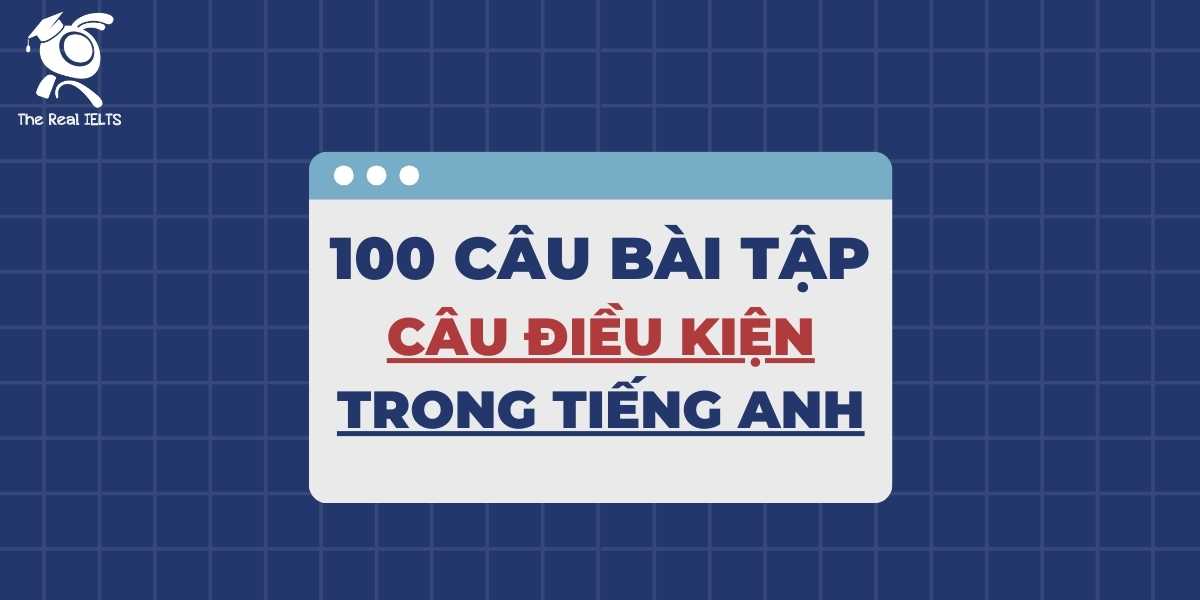Kỹ năng viết là một trong những thách thức lớn nhất đối với thí sinh luyện thi IELTS, đặc biệt ở phần IELTS Writing Task 2 Phần 78, nơi yêu cầu tư duy logic và khả năng diễn đạt ý tưởng mạch lạc. Để đạt band điểm cao, người học cần nắm vững cấu trúc bài viết, vốn từ học thuật và kỹ năng phân tích đề bài. Một chiến lược ôn luyện hiệu quả không chỉ cải thiện điểm số mà còn xây dựng sự tự tin trong giao tiếp học thuật.
Đọc thêm: IELTS Writing Task 2 Phần 77
Đề 1 IELTS Writing Task 2
Some people believe that governments should invest more in public transportation to reduce traffic congestion and pollution. Others argue that building more roads is a better solution. Discuss both views and give your opinion.
Bài essay (Band 6.5)
Traffic congestion and pollution are growing problems in many cities. Some argue that governments should prioritize public transportation to tackle these issues, while others believe that constructing more roads is more effective. This essay will discuss both perspectives and explain why I support investing in public transport.
On the one hand, supporters of public transportation argue that it reduces the number of private vehicles on the road. Buses and trains can carry many passengers at once, which decreases traffic congestion. Moreover, public transport is often more environmentally friendly because it produces less pollution per person compared to cars. For example, cities like Singapore have efficient subway systems that encourage people to leave their cars at home, leading to cleaner air and less crowded roads. Therefore, investing in modern transport systems seems a sustainable solution.
On the other hand, those who favor building more roads claim it directly addresses traffic jams. Wider roads or new highways can allow more cars to travel smoothly, reducing delays. For instance, in some developing countries, new road projects have temporarily eased traffic problems. However, this solution may not last long, as more roads often encourage more people to buy cars, which worsens the situation in the long term. Additionally, road construction can harm the environment by destroying green spaces.
In my opinion, public transportation is the better option. It not only reduces traffic and pollution but also promotes a sustainable lifestyle. Governments should focus on improving infrastructure like trains and buses to create long-term benefits. In conclusion, while building roads may offer short-term relief, investing in public transport is more effective for solving traffic and environmental issues.
Chấm điểm (4 tiêu chí)
Task Response: 6.5
The essay addresses both views and provides a clear opinion, meeting the task requirements. The arguments are relevant, with examples (e.g., Singapore), but the discussion lacks depth in analyzing drawbacks or counterarguments. To reach Band 7, more balanced exploration of both sides is needed.
Coherence and Cohesion: 6.5
The essay is logically organized with a clear introduction, body paragraphs, and conclusion. Linking words like “moreover” and “however” are used, but transitions between ideas (e.g., from roads to public transport) are sometimes abrupt. More varied cohesive devices could improve flow.
Lexical Resource: 6.5
The vocabulary is appropriate, with some academic phrases like “environmentally friendly” and “sustainable solution.” However, word choice is occasionally repetitive (e.g., “traffic” multiple times), and higher-level vocabulary is limited. More precise or varied terms would help achieve Band 7.
Grammatical Range and Accuracy: 6.5
The essay uses a range of sentence structures, including complex sentences, with generally accurate grammar. Minor errors, such as “produces less pollution per person” (awkward phrasing) and “worsens the situation” (slightly informal), do not impede communication but prevent a higher score.
Phân tích từ vựng
- Investing in modern transport systems
- Nghĩa: Đầu tư vào các hệ thống giao thông hiện đại.
- Giải thích: Cụm này mang tính học thuật, thường dùng để chỉ việc phân bổ nguồn lực vào cơ sở hạ tầng giao thông công cộng. Trong bài, nó nhấn mạnh giải pháp bền vững, phù hợp với ngữ cảnh thảo luận chính sách.
- Environmentally friendly
- Nghĩa: Thân thiện với môi trường.
- Giải thích: Đây là cụm từ phổ biến trong bài viết về môi trường, dùng để mô tả các giải pháp giảm tác động xấu đến thiên nhiên. Trong bài, cụm này làm nổi bật lợi ích của giao thông công cộng.
- Worsens the situation
- Nghĩa: Làm tình hình tồi tệ hơn.
- Giải thích: Cụm này được dùng để chỉ sự suy giảm của một vấn đề. Tuy nhiên, nó hơi thông dụng và kém trang trọng; trong ngữ cảnh học thuật, có thể thay bằng “exacerbates the issue” để tăng tính trang trọng.
- Sustainable lifestyle
- Nghĩa: Lối sống bền vững.
- Giải thích: Cụm từ này thường xuất hiện trong các bài về môi trường hoặc phát triển dài hạn, nhấn mạnh cách sống ít gây hại đến tài nguyên. Trong bài, nó củng cố lập luận về lợi ích của giao thông công cộng.
- Improving infrastructure
- Nghĩa: Cải thiện cơ sở hạ tầng.
- Giải thích: Cụm này mang tính học thuật, dùng để chỉ việc nâng cấp các hệ thống vật chất như đường xá, tàu điện. Trong bài, nó nhấn mạnh giải pháp dài hạn của chính phủ.
Phân tích ngữ pháp
- Produces less pollution per person
- Giải thích: Cấu trúc so sánh “less… than” được dùng đúng, nhưng cụm này hơi vụng về và không tự nhiên. Trong tiếng Anh học thuật, có thể thay bằng “generates lower emissions per capita” để chính xác và trang trọng hơn. Lỗi này không nghiêm trọng nhưng làm giảm ấn tượng về độ chính xác ngữ pháp.
- Can allow more cars to travel smoothly
- Giải thích: Câu sử dụng động từ tình thái “can” và cấu trúc “allow… to” đúng ngữ pháp, thể hiện khả năng của việc xây đường. Đây là điểm mạnh, nhưng bài viết cần thêm các cấu trúc phức tạp hơn (e.g., câu điều kiện) để đạt Band 7.
- Which decreases traffic congestion
- Giải thích: Mệnh đề quan hệ “which” được dùng đúng để bổ sung ý cho “buses and trains.” Tuy nhiên, bài viết lặp lại cấu trúc này nhiều lần, làm giảm sự đa dạng. Thay đổi bằng các cấu trúc khác (e.g., “thereby reducing…”) sẽ tăng điểm.
- Worsens the situation
- Giải thích: Động từ “worsens” đúng ngữ pháp, nhưng cụm này hơi thông dụng và thiếu tính học thuật. Một cụm như “exacerbates the issue” sẽ phù hợp hơn. Đây là lỗi nhỏ nhưng ảnh hưởng đến ấn tượng tổng thể.
Tổng kết & gợi ý cải thiện
Tổng kết: Bài essay đạt Band 6.5 nhờ cấu trúc rõ ràng, lập luận phù hợp, và sử dụng từ vựng học thuật cơ bản. Tuy nhiên, các hạn chế bao gồm thiếu sự phân tích sâu, chuyển ý đôi khi đột ngột, từ vựng lặp lại, và một số lỗi ngữ pháp nhỏ. Những điểm này ngăn bài đạt Band 7.
Gợi ý cải thiện:
- Task Response: Phân tích cả hai quan điểm sâu hơn, ví dụ, đề cập đến chi phí của giao thông công cộng hoặc tác động kinh tế của xây đường.
- Coherence and Cohesion: Sử dụng các từ nối đa dạng hơn (e.g., “consequently,” “in contrast”) và cải thiện sự liền mạch giữa các ý.
- Lexical Resource: Thay thế các từ lặp như “traffic” bằng từ đồng nghĩa (e.g., “road congestion”) và dùng từ vựng Band 7 như “mitigate” thay vì “reduce.”
- Grammatical Range: Tăng cường câu phức tạp, ví dụ, dùng câu điều kiện (“If governments invested more, cities would…”) và tránh các cụm vụng về.
Đề 2 IELTS Writing Task 2
Some people believe that governments should invest more in public transportation to reduce traffic congestion and pollution. Others argue that building more roads is a better solution. Discuss both views and give your own opinion.
Bài essay (Band 6.5)
In many cities, traffic congestion and pollution are serious problems. Some people suggest that governments should focus on improving public transportation, while others believe that constructing more roads is more effective. This essay will discuss both perspectives and provide my own view.
On the one hand, investing in public transportation has several benefits. Firstly, efficient public transport systems, such as buses and trains, can encourage people to leave their cars at home. This reduces the number of vehicles on the road, which helps to alleviate traffic congestion. Moreover, public transport produces less pollution per person compared to private cars. For example, a single bus can carry dozens of passengers, significantly reducing emissions. However, improving public transport requires substantial funding, and some areas may not see immediate results.
On the other hand, building more roads is seen as a solution by some. Wider roads or new highways can accommodate more vehicles, which may ease traffic flow in the short term. For instance, in some cities, new roads have reduced travel time for commuters. However, this approach may not be sustainable, as more roads can encourage car use, leading to increased pollution and congestion in the long term.
In my opinion, investing in public transportation is the better option. It addresses both congestion and pollution more effectively and promotes a sustainable future. Governments should prioritize affordable and reliable transport systems to benefit both the environment and citizens.
In conclusion, while building roads may provide temporary relief, improving public transportation is a more effective and environmentally friendly solution to traffic and pollution issues.
Chấm điểm (4 tiêu chí)
Task Response: 6.5
The essay addresses both views and provides a clear opinion. Ideas are relevant, but the discussion lacks depth in places, and examples are general (e.g., “new roads have reduced travel time”). More specific examples or deeper analysis could improve the score.
Coherence and Cohesion: 6.5
The essay is logically organized with clear paragraphs. Linking words like “moreover” and “however” are used appropriately, but transitions between ideas could be smoother. Some repetition of ideas (e.g., congestion and pollution) slightly affects cohesion.
Lexical Resource: 6.5
Vocabulary is appropriate with some academic phrases (e.g., alleviate traffic congestion, significantly reducing emissions), but the range is limited. There are no major errors, but more varied or precise word choices could enhance the score.
Grammatical Range and Accuracy: 6.5
The essay uses a mix of simple and complex sentences. Errors are minor (e.g., article misuse in “a single bus can carry dozens of passengers”), but the range of structures is not extensive. More varied sentence types could push the score higher.
Phân tích từ vựng
- Alleviate traffic congestion
- Nghĩa tiếng Việt: Giảm ùn tắc giao thông.
- Giải thích: Cụm từ này mang tính học thuật, thường dùng để mô tả việc giảm thiểu một vấn đề nghiêm trọng như ùn tắc. Trong bài, nó được dùng để chỉ tác dụng của giao thông công cộng.
- Significantly reducing emissions
- Nghĩa tiếng Việt: Giảm đáng kể lượng khí thải.
- Giải thích: “Significantly” là trạng từ học thuật, nhấn mạnh mức độ. Cụm này phù hợp khi thảo luận về lợi ích môi trường, nhưng cần dùng chính xác để tránh lặp từ “reduce”.
- Ease traffic flow
- Nghĩa tiếng Việt: Làm giao thông thông thoáng.
- Giải thích: Cụm từ này mô tả việc cải thiện lưu thông giao thông. Nó đơn giản nhưng hiệu quả trong ngữ cảnh thảo luận về xây dựng đường.
- Encourage car use
- Nghĩa tiếng Việt: Khuyến khích sử dụng xe hơi.
- Giải thích: Cụm từ này dùng để chỉ hành vi được thúc đẩy bởi cơ sở hạ tầng (như đường mới). Nó phù hợp nhưng cần kết hợp với từ vựng đa dạng hơn để tăng điểm.
- Sustainable future
- Nghĩa tiếng Việt: Tương lai bền vững.
- Giải thích: Đây là cụm từ học thuật phổ biến trong các bài viết về môi trường, nhấn mạnh giải pháp lâu dài. Trong bài, nó được dùng để củng cố lập luận về giao thông công cộng.
Phân tích ngữ pháp
- A single bus can carry dozens of passengers
- Giải thích tiếng Việt: Câu này đúng ngữ pháp, dùng mạo từ “a” và danh từ số nhiều “dozens of passengers” chính xác. Tuy nhiên, thiếu mạo từ trước “dozens” (nên là “dozens of passengers”) là lỗi nhỏ, có thể bị giám khảo chú ý.
- This reduces the number of vehicles on the road
- Giải thích tiếng Việt: Câu đơn giản, dùng thì hiện tại đơn phù hợp. Tuy nhiên, lặp lại cấu trúc “this reduces” trong bài làm hạn chế sự đa dạng. Thay bằng “thereby reducing” hoặc cấu trúc khác sẽ tốt hơn.
- Investing in public transportation is the better option
- Giải thích tiếng Việt: Câu này dùng danh động từ (Investing) làm chủ ngữ, thể hiện cấu trúc phức tạp phù hợp Band 6.5. Tuy nhiên, để đạt Band 7, cần dùng thêm các cấu trúc như câu điều kiện hoặc mệnh đề quan hệ.
- New roads have reduced travel time for commuters
- Giải thích tiếng Việt: Câu đúng, dùng thì hiện tại hoàn thành để chỉ kết quả trong quá khứ. Tuy nhiên, đây là câu đơn giản, thiếu sự kết hợp với mệnh đề phụ để tăng độ phức tạp.
- Which helps to alleviate traffic congestion
- Giải thích tiếng Việt: Mệnh đề quan hệ “which” được dùng đúng, tăng độ phức tạp. Tuy nhiên, bài viết thiếu các mệnh đề quan hệ phức tạp hơn (e.g., “which, in turn, leads to”) để đạt Band 7.
Tổng kết & gợi ý cải thiện
The essay is solid for Band 6.5, with clear ideas, appropriate vocabulary, and mostly accurate grammar. However, it lacks the depth and variety needed for Band 7. To improve:
- Task Response: Include more specific examples (e.g., a city’s successful public transport system) and develop arguments further.
- Coherence: Use a wider range of linking devices (e.g., “consequently,” “in contrast”) and avoid repeating key terms like “congestion.”
- Lexical Resource: Incorporate more precise or less common words (e.g., “mitigate” instead of “reduce,” “infrastructure” instead of “roads”).
- Grammar: Use more complex structures, such as conditionals (“If governments invested more, congestion would decrease”) or passive voice for variety.
Đề 3 IELTS Writing Task 2
Some people believe that governments should invest more in public transportation to reduce traffic congestion and pollution. Others argue that building more roads is a better solution. Discuss both views and give your own opinion.
Bài essay (Band 6.5)
Traffic congestion and pollution are growing problems in many cities. Some argue that governments should prioritize public transportation, while others believe that constructing more roads is more effective. This essay will discuss both perspectives and explain why I support investing in public transport.
On the one hand, supporters of building more roads argue that it directly addresses traffic congestion. Wider roads or additional highways can accommodate more vehicles, allowing smoother traffic flow. For instance, in some cities, new road projects have temporarily reduced delays during peak hours. Moreover, roads are essential for areas with limited public transport, especially in rural regions where buses or trains are less practical. However, this approach has drawbacks. More roads may encourage car usage, leading to increased pollution and long-term congestion.
On the other hand, investing in public transportation offers sustainable benefits. Efficient systems like trains or buses can carry many passengers at once, reducing the number of private cars on the road. For example, cities like Tokyo have well-developed metro systems that significantly cut down traffic and emissions. Additionally, public transport is often more affordable, making it accessible to a larger population. However, it requires significant funding and time to develop, which may not provide immediate results.
In my opinion, public transportation is the better solution. It tackles both congestion and pollution more effectively by reducing car dependency. Governments should focus on creating reliable and affordable systems to encourage their use.
In conclusion, while building roads may offer short-term relief, investing in public transportation is a more sustainable solution to address traffic and environmental issues.
Chấm điểm (4 tiêu chí)
Task Response: 6.5
The essay addresses both views and provides a clear opinion, meeting the task requirements. Arguments are relevant, with examples (e.g., Tokyo’s metro system), but the discussion lacks depth in exploring counterarguments or specific impacts. The conclusion is clear but slightly repetitive.
Coherence and Cohesion: 6.5
The essay is logically organized with a clear structure (introduction, two body paragraphs, conclusion). Linking words like “moreover” and “however” are used appropriately, but transitions between ideas could be smoother. Some ideas feel underdeveloped, affecting flow.
Lexical Resource: 6.5
The vocabulary is varied and includes academic phrases like sustainable benefits and well-developed. However, word choice is sometimes repetitive (e.g., “roads” and “congestion”), and there are no higher-level synonyms or collocations to demonstrate Band 7 proficiency.
Grammatical Range and Accuracy: 6.5
The essay uses a range of sentence structures, including complex sentences, with generally accurate grammar. Minor errors, such as subject-verb agreement in “new road projects have temporarily reduced” (should be “has” for singular subject), do not impede meaning but prevent a higher score.
Phân tích từ vựng
- public transportation
- Nghĩa tiếng Việt: Giao thông công cộng
- Giải thích: Cụm từ này chỉ các phương tiện như xe buýt, tàu hỏa, hoặc tàu điện ngầm được sử dụng bởi công chúng. Trong bài, nó được dùng để chỉ một giải pháp giảm ùn tắc và ô nhiễm, phù hợp với ngữ cảnh học thuật vì tính trang trọng và phổ biến trong IELTS.
- building more roads
- Nghĩa tiếng Việt: Xây dựng thêm đường
- Giải thích: Cụm từ này mô tả hành động mở rộng cơ sở hạ tầng giao thông. Nó được dùng để trình bày quan điểm đối lập, thể hiện lập luận rõ ràng nhưng không quá phức tạp, phù hợp với Band 6.5.
- sustainable benefits
- Nghĩa tiếng Việt: Lợi ích bền vững
- Giải thích: Cụm từ này mang tính học thuật, ám chỉ lợi ích lâu dài về môi trường hoặc kinh tế. Trong bài, nó nhấn mạnh ưu điểm của giao thông công cộng, nhưng cần thêm từ đồng nghĩa như “long-term advantages” để đạt Band 7.
- well-developed
- Nghĩa tiếng Việt: Phát triển tốt
- Giải thích: Tính từ ghép này mô tả hệ thống giao thông công cộng hiệu quả, như trong ví dụ về Tokyo. Nó phù hợp với văn học thuật nhưng không quá phức tạp, đúng với trình độ 6.5.
- reliable and affordable
- Nghĩa tiếng Việt: Đáng tin cậy và giá cả phải chăng
- Giải thích: Cụm từ này kết hợp hai tính từ để mô tả đặc điểm lý tưởng của giao thông công cộng. Nó thể hiện khả năng sử dụng từ vựng linh hoạt, nhưng bài viết có thể cải thiện bằng cách dùng các cụm nâng cao hơn như “cost-effective and dependable”.
- drawbacks
- Nghĩa tiếng Việt: Nhược điểm
- Giải thích: Từ này dùng để chỉ hạn chế của việc xây thêm đường. Nó là từ vựng học thuật phổ biến, nhưng bài viết lặp lại “drawbacks” thay vì dùng từ đồng nghĩa như “shortcomings” hoặc “disadvantages”, giới hạn điểm ở mức 6.5.
Phân tích ngữ pháp
- subject-verb agreement
- Giải thích tiếng Việt: Lỗi trong câu “new road projects have temporarily reduced” (nên là “has” vì chủ ngữ “new road projects” là danh từ số ít). Đây là lỗi nhỏ nhưng phổ biến ở Band 6.5, cho thấy cần chú ý hơn đến sự hòa hợp giữa chủ ngữ và động từ.
- complex sentences
- Giải thích tiếng Việt: Bài viết sử dụng câu phức như “Moreover, roads are essential for areas with limited public transport, especially in rural regions where buses or trains are less practical”. Cấu trúc này đúng và phù hợp với Band 6.5, nhưng để đạt Band 7, cần thêm các câu phức tạp hơn với mệnh đề quan hệ hoặc câu điều kiện.
- use of modals
- Giải thích tiếng Việt: Bài viết dùng “may” trong “More roads may encourage car usage”. Đây là cách dùng đúng, thể hiện khả năng xảy ra, nhưng bài thiếu các động từ tình thái khác như “could” hoặc “might” để tăng tính đa dạng.
- linking words
- Giải thích tiếng Việt: Các từ nối như “however”, “moreover” được sử dụng đúng để kết nối ý. Tuy nhiên, việc lặp lại “however” và thiếu các từ nối nâng cao như “nevertheless” hoặc “consequently” giới hạn điểm ở mức 6.5.
Tổng kết & gợi ý cải thiện
Tổng kết: Bài essay đạt Band 6.5 nhờ cấu trúc rõ ràng, lập luận phù hợp và từ vựng học thuật cơ bản. Tuy nhiên, nó thiếu sự phát triển sâu hơn trong lập luận, từ vựng đa dạng, và các cấu trúc ngữ pháp phức tạp hơn để đạt Band 7. Các lỗi nhỏ như subject-verb agreement và lặp từ (e.g., “roads”, “congestion”) cũng làm giảm điểm.
Gợi ý cải thiện:
- Sâu sắc hóa lập luận: Thêm chi tiết hoặc ví dụ cụ thể (e.g., số liệu về giảm ô nhiễm nhờ giao thông công cộng).
- Đa dạng từ vựng: Sử dụng từ đồng nghĩa như “shortcomings” thay cho “drawbacks” hoặc “alleviate” thay cho “reduce”.
- Tăng cấu trúc ngữ pháp: Dùng thêm câu điều kiện (e.g., “If governments invested more, pollution could decrease significantly”) hoặc mệnh đề quan hệ để làm bài phong phú hơn.
- Cải thiện sự mạch lạc: Sử dụng từ nối nâng cao như “nevertheless” hoặc “in contrast” để tăng tính trôi chảy.
Đề 4 IELTS Writing Task 2
Some people believe that governments should invest more in public transportation to reduce traffic congestion and pollution. Others argue that improving road infrastructure for private vehicles is more effective. Discuss both views and give your own opinion.
Bài essay (Band 6.5)
Traffic congestion and pollution are growing problems in many cities. While some people support increased funding for public transportation, others believe that better roads for private vehicles are the solution. This essay will discuss both perspectives and explain why I favor investment in public transport.
On the one hand, supporters of public transportation argue that it can significantly reduce traffic and pollution. Buses and trains can carry many passengers at once, which decreases the number of vehicles on the road. For example, cities like Tokyo have efficient subway systems that help millions commute daily, reducing car use. Moreover, public transport is often powered by electricity, which produces less pollution than petrol-based cars. Therefore, investing in such systems could lead to cleaner and less crowded cities.
On the other hand, some people claim that improving road infrastructure is more effective. Wider roads and better traffic management can reduce congestion by allowing smoother flow of vehicles. For instance, new highways in some countries have eased traffic in urban areas. Additionally, many people prefer private cars for convenience and flexibility, so better roads would cater to their needs. However, this approach may not address pollution, as more roads could encourage more car use.
In my opinion, public transportation is the better option. It tackles both congestion and pollution more effectively by reducing car dependency. Governments should prioritize affordable and reliable transport systems to encourage their use.
In conclusion, while better roads may help with congestion, public transportation offers a more sustainable solution. Investing in it will benefit both the environment and urban mobility.
Chấm điểm (4 tiêu chí)
Task Response: 6.5
The essay addresses both views and provides a clear opinion, with relevant ideas and examples. However, the discussion lacks depth in analyzing drawbacks or complexities (e.g., cost of public transport systems), which limits it to Band 6.5.
Coherence and Cohesion: 6.5
The essay is logically organized with clear paragraphing and linking words (e.g., “Moreover,” “However”). Some transitions feel repetitive, and ideas within paragraphs could be better connected to enhance flow.
Lexical Resource: 6.5
The vocabulary is appropriate with some academic phrases (e.g., “significantly reduce,” “efficient subway systems”). However, word choice is sometimes repetitive, and more variety or precision could push it to Band 7.
Grammatical Range and Accuracy: 6.5
The essay uses a mix of simple and complex sentences with generally accurate grammar. Minor errors (e.g., article misuse, subject-verb agreement) and limited use of advanced structures prevent a higher score.
Phân tích từ vựng
- significantly reduce
- Nghĩa tiếng Việt: Giảm đáng kể
- Giải thích: Cụm từ này được dùng trong văn học thuật để nhấn mạnh mức độ tác động lớn của một hành động. Trong bài, nó được dùng để mô tả hiệu quả của giao thông công cộng trong việc giảm ùn tắc và ô nhiễm.
- efficient subway systems
- Nghĩa tiếng Việt: Hệ thống tàu điện ngầm hiệu quả
- Giải thích: Cụm từ này chỉ các hệ thống giao thông công cộng hoạt động tốt, thường dùng trong ngữ cảnh so sánh các giải pháp đô thị. Nó thể hiện tính học thuật khi đề cập đến ví dụ cụ thể (Tokyo).
- produces less pollution
- Nghĩa tiếng Việt: Tạo ra ít ô nhiễm hơn
- Giải thích: Cụm này so sánh mức độ ô nhiễm giữa các phương tiện, phù hợp với ngữ cảnh môi trường. Nó đơn giản nhưng mang tính học thuật khi kết hợp với “than.”
- smoother flow of vehicles
- Nghĩa tiếng Việt: Lưu thông xe cộ mượt mà hơn
- Giải thích: Cụm từ này mô tả sự cải thiện trong giao thông, thường dùng khi nói về cơ sở hạ tầng đường bộ. Nó thể hiện khả năng miêu tả cụ thể.
- sustainable solution
- Nghĩa tiếng Việt: Giải pháp bền vững
- Giải thích: Thường dùng trong các bài viết về môi trường hoặc phát triển dài hạn, cụm này nhấn mạnh tính lâu dài và thân thiện với môi trường của giao thông công cộng.
Phân tích ngữ pháp
- produces less pollution than
- Giải thích: Cấu trúc so sánh “less…than” được dùng đúng để so sánh mức độ ô nhiễm. Tuy nhiên, bài viết có thể thêm cấu trúc phức tạp hơn như “not only…but also” để tăng điểm.
- can reduce congestion by allowing
- Giải thích: Cấu trúc “by + V-ing” được dùng đúng để giải thích cách thức đạt được kết quả. Đây là điểm mạnh, nhưng bài viết thiếu sự đa dạng trong các cấu trúc tương tự (e.g., “through + V-ing”).
- Governments should prioritize
- Giải thích: Câu sử dụng động từ khuyết thiếu “should” đúng ngữ pháp để đưa ra đề xuất. Tuy nhiên, bài viết có thể cải thiện bằng cách dùng câu điều kiện (e.g., “If governments prioritized…”).
- new highways in some countries have eased
- Giải thích: Câu này đúng ngữ pháp, sử dụng thì hiện tại hoàn thành để nói về kết quả hiện tại. Tuy nhiên, một lỗi nhỏ là thiếu bài viết không giải thích rõ “some countries,” làm giảm tính thuyết phục.
- is often powered by electricity
- Giải thích: Câu bị động được dùng đúng để mô tả đặc điểm của giao thông công cộng. Tuy nhiên, bài viết có thể thêm cấu trúc bị động phức tạp hơn (e.g., “having been powered”) để tăng điểm.
Tổng kết & gợi ý cải thiện
The essay achieves Band 6.5 due to its clear structure, relevant ideas, and adequate vocabulary and grammar. However, it lacks depth in analyzing both sides (e.g., costs or limitations of public transport) and variety in vocabulary and sentence structures. To reach Band 7:
- Task Response: Discuss drawbacks or counterarguments in more detail (e.g., high initial costs of subway systems).
- Coherence: Use varied linking phrases (e.g., “In contrast,” “As a result”) and improve idea flow within paragraphs.
- Lexical Resource: Incorporate synonyms (e.g., replace “reduce” with “mitigate” or “alleviate”) and more precise terms.
- Grammar: Use complex structures like conditionals, relative clauses, or inversion to show range.















